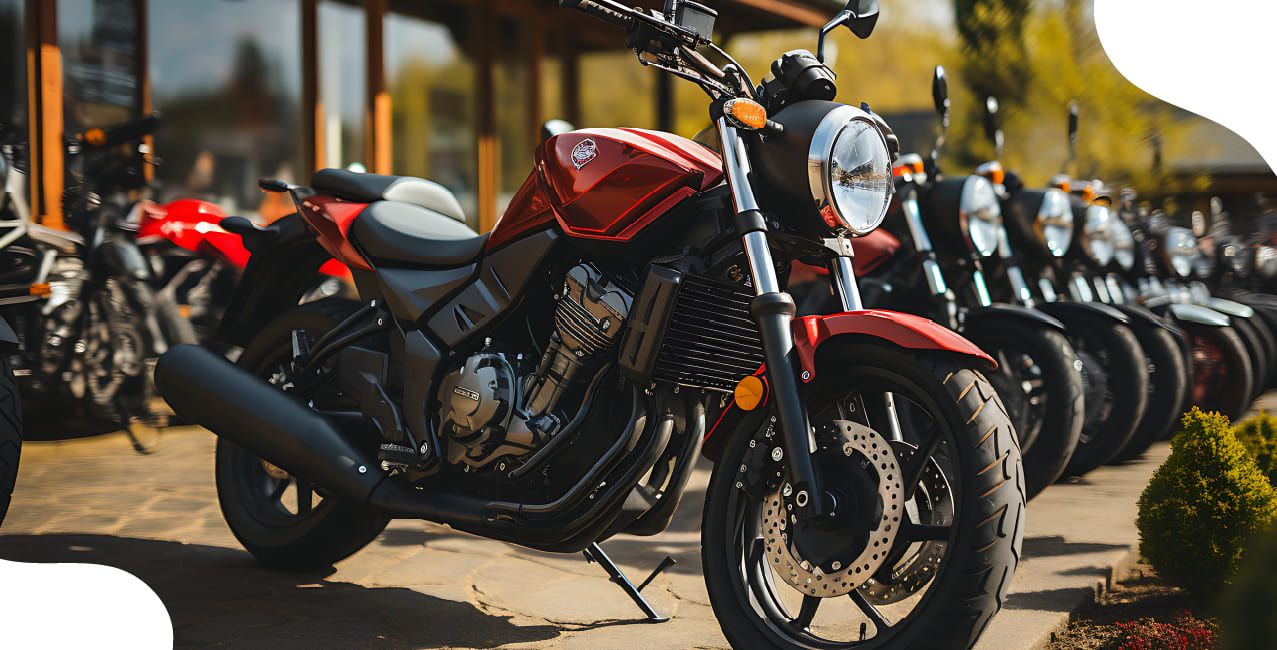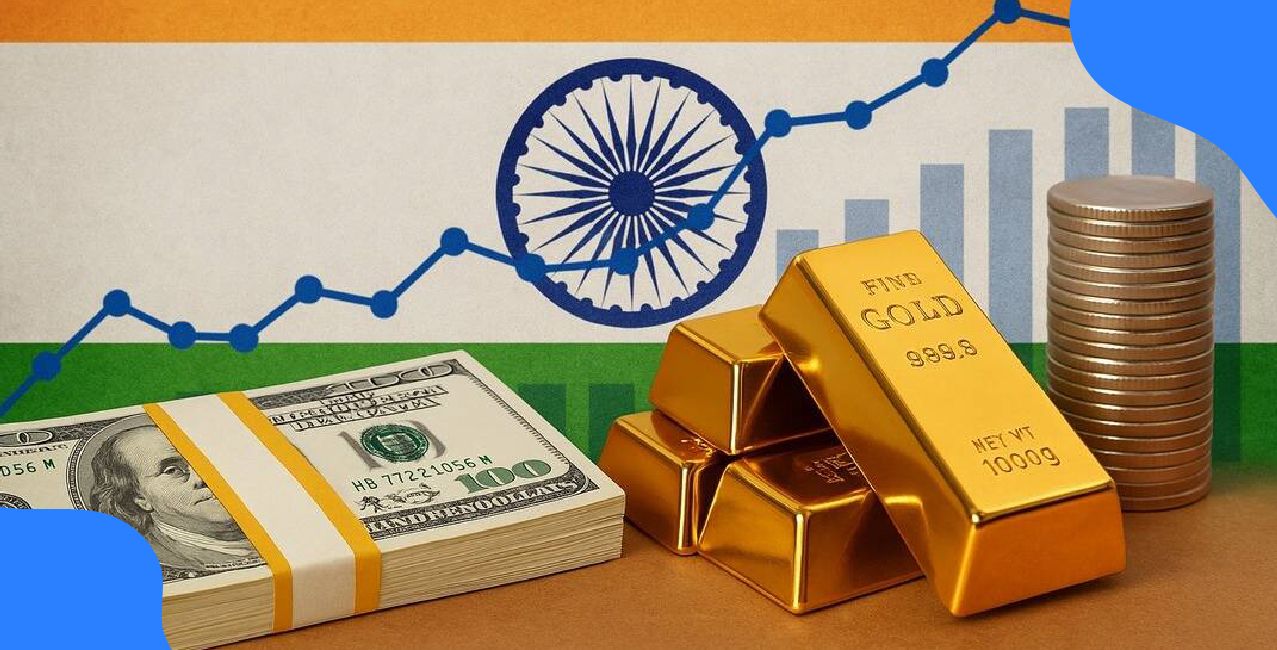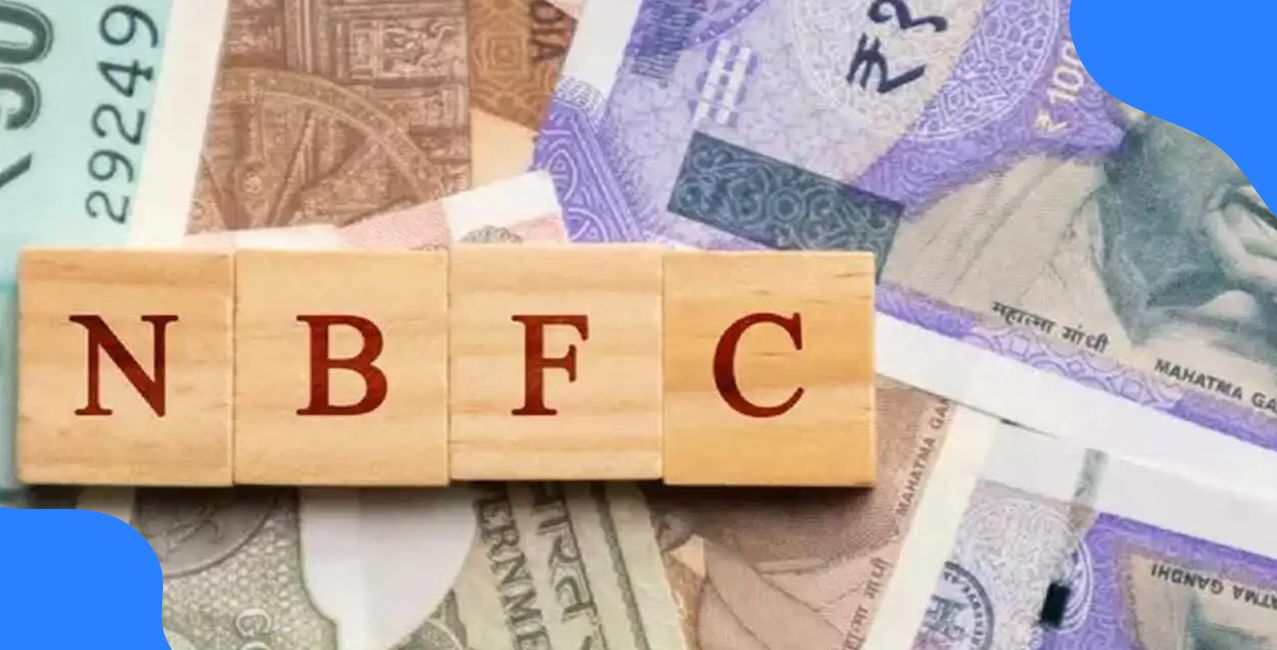
Author
LoansJagat Team
Read Time
4 Min
16 Sep 2025
Will GST Rate Cuts Really Lower Your Bike Loan EMI? See What Top Banks Like SBI, HDFC, and ICICI Are Offering
Lower GST rates reshape the two-wheeler market, but banks hold their ground on lending terms.
How much can a biker save each month if prices drop after a GST change? The answer is on everyone’s lips since the Goods and Services Tax Council announced a fresh revision in September 2025.
The Council, in its 53rd meeting, slashed the GST rate on motorcycles with engine capacity up to 350cc. For a country where two-wheelers dominate the streets, this decision comes as a turning point.
GST Rate Cut Impact On Bike Loans
The Council declared in its September 2025 report that GST for two-wheelers up to 350cc would be reduced from 28 percent to 18 percent. This new rate took effect from 22 September 2025. Larger bikes above 350cc now carry a heavier slab of 40 percent, which means premium machines such as Royal Enfield 650 and Harley Davidson have become costlier.
Industry reports published in Business Standard (September 2025) and Economic Times (September 2025) noted that the price of popular commuter bikes and scooters fell by ₹5,000 to ₹24,500 depending on brand and model. Honda’s Activa, Dio, and Shine recorded a reduction of nearly ₹18,000. Yamaha and TVS also confirmed revised price lists.
This table makes it clear that the cut targets the mass segment. Almost the entire Indian two-wheeler market sits under 350cc, making this policy relief far-reaching.
Two-Wheeler Loan EMI Reduction 2025
Lower prices directly affect loans since banks calculate EMIs on the loan principal. Reports in NDTV Profit (September 2025) show how the impact works. For a commuter bike priced earlier at ₹2 lakh, the GST cut brings down the on-road price. For a five-year loan at 14 percent interest, monthly instalments fall by nearly ₹465.
The savings vary by model and bank rate, but the direction is clear. The fall in GST is a direct boost to household budgets. Still, buyers must look at bank offers closely to see who is giving the best deal.
Best Bank Interest Rates For Bike Loans
Banks continue to lend at their standard slabs. State Bank of India has rates between 13.10 and 14.60 percent, as listed on its official site in September 2025. Axis Bank offers a lower starting rate at 10.50 percent but can extend up to 25 percent. HDFC Bank begins at 14.50 percent and has additional charges for processing and paperwork.
This top bank's two-wheeler EMI comparison shows why interest rate matters as much as GST cuts. Even if the bike is cheaper, the cost of borrowing can offset the benefit.
Affordable Motorcycle Loans After GST Cut
Looking at history helps put the current situation in context. In 2018, GST relief was announced for small cars. That decision lowered EMIs by around ₹700 a month. In 2020, when the Reserve Bank of India cut repo rates, banks trimmed auto loan rates by 0.5 percent. Now in 2025, GST relief on bikes lowers EMIs by ₹250 to ₹465, but bank interest rates remain unchanged.
This contrast shows the difference between tax policy and monetary policy. GST relief reduces the principal amount, while repo changes reduce the rate charged on the loan. Both affect EMIs but in different ways.
Top Banks Two-Wheeler EMI Comparison
Processing fees and loan tenures also shape the EMI structure. A long tenure reduces monthly outgo but raises total cost. A short tenure means higher monthly outgo but less interest overall.
These numbers underline how Axis Bank gives a lower EMI at the start, but processing charges can make the loan expensive. SBI gives stability, while HDFC sits at the higher end of repayment.
A Look Back At Past Coverage
Earlier, this publication covered a Loansjagat article titled “Major update: 73% of ATMs now dispense ₹100 & ₹200 notes ahead of RBI’s deadline” which explained the Reserve Bank of India’s April circular directing ATMs to increase availability of smaller denomination notes.
That article showed how even seemingly technical regulatory changes affect everyday transactions. The GST rate cut on two-wheelers is another example. Both decisions reflect how government measures touch the daily life of Indian households.
Government And Bank Reactions Compared
The GST Council has acted to ease consumer cost in 2025. Automakers have passed on benefits through price reductions.
Banks, however, have not changed their interest rates. In earlier years, RBI decisions on repo rates forced banks to adjust. The contrast shows a split approach. Tax relief affects ex-showroom prices while bank lending slabs stay firm.
Conclusion
The GST rate cut of September 2025 is reshaping the two-wheeler market. It gives relief to nearly all buyers in the sub-350cc segment, which dominates Indian roads. Yet the picture is mixed. EMIs fall by a few hundred rupees, but loan rates remain high. Larger motorcycles face heavier taxes.
The path to affordable motorcycle loans after the GST cut now lies in comparing bank offers, checking processing charges, and matching tenure with repayment strength. For riders eyeing new purchases, the decision is less about the showroom price and more about which bank offers the best deal on two-wheeler loan EMI reduction 2025.
Other News Pages | |||
About the Author

LoansJagat Team
‘Simplify Finance for Everyone.’ This is the common goal of our team, as we try to explain any topic with relatable examples. From personal to business finance, managing EMIs to becoming debt-free, we do extensive research on each and every parameter, so you don’t have to. Scroll up and have a look at what 15+ years of experience in the BFSI sector looks like.

Quick Apply Loan
Subscribe Now
Related Blog Post

LoansJagat Team • 11 Dec 2025

LoansJagat Team • 11 Dec 2025

LoansJagat Team • 12 Dec 2025